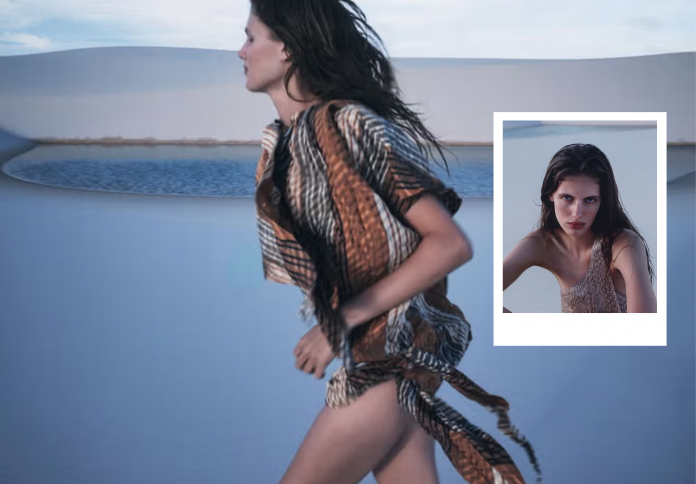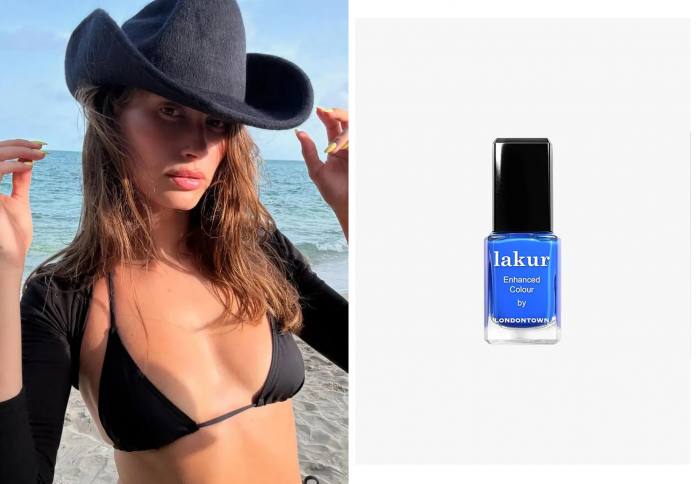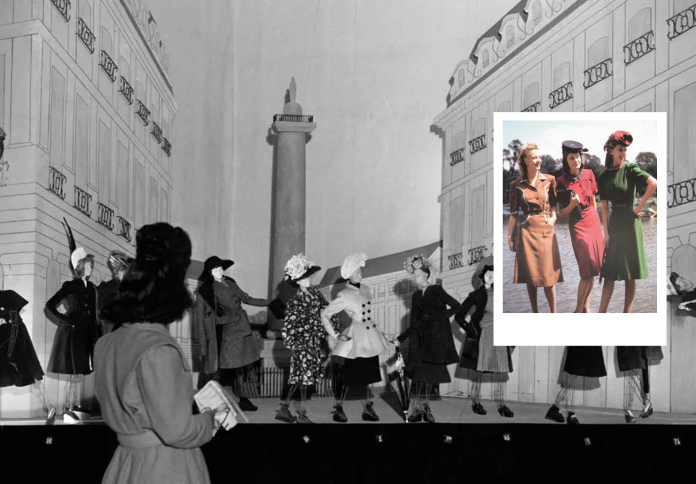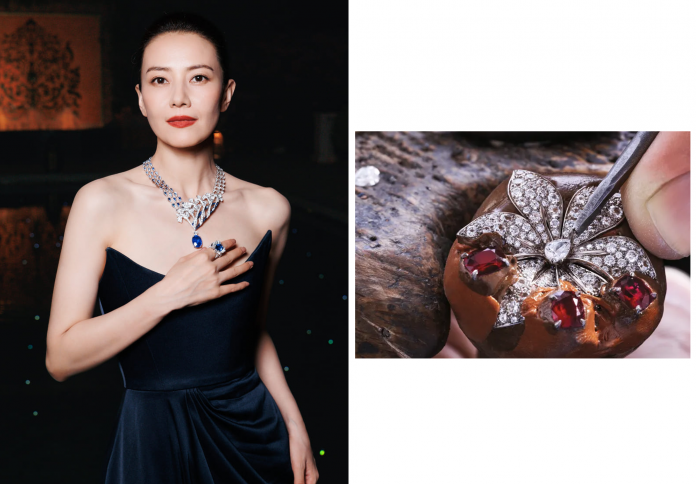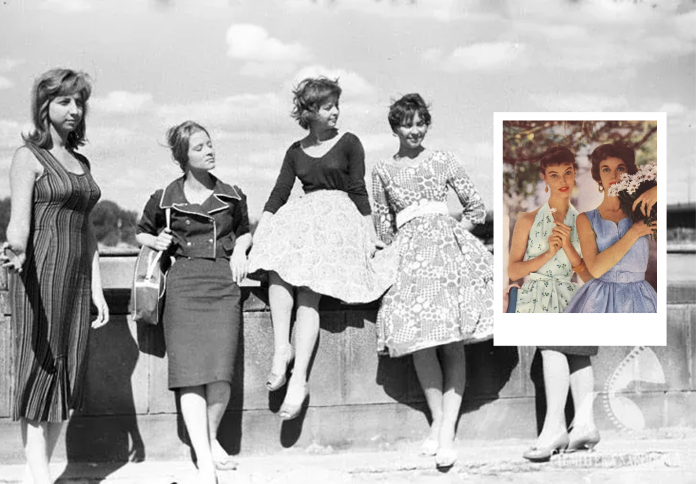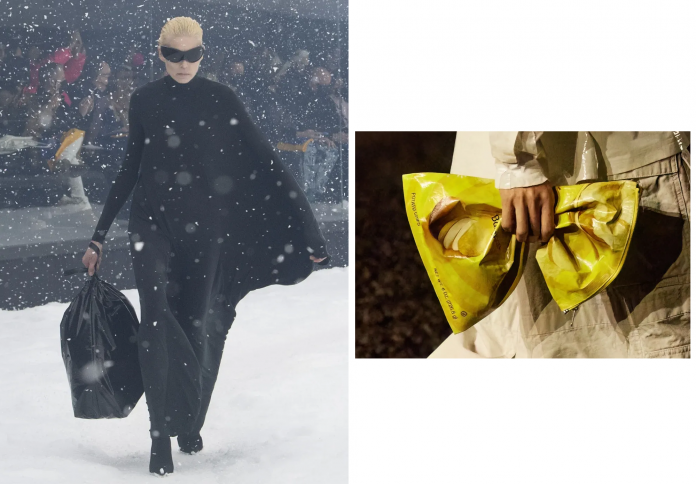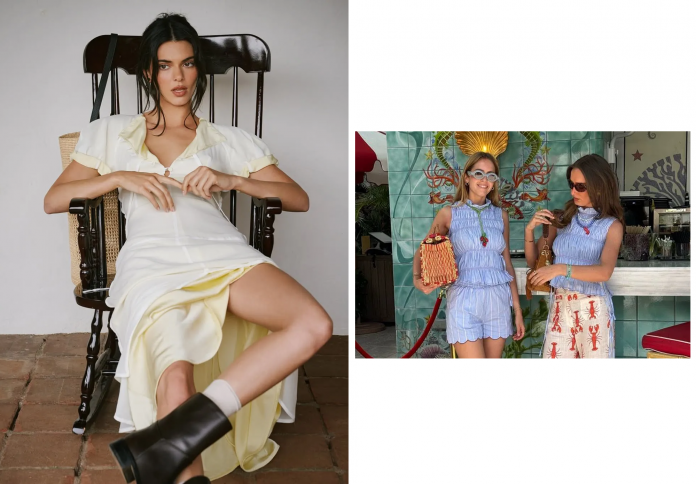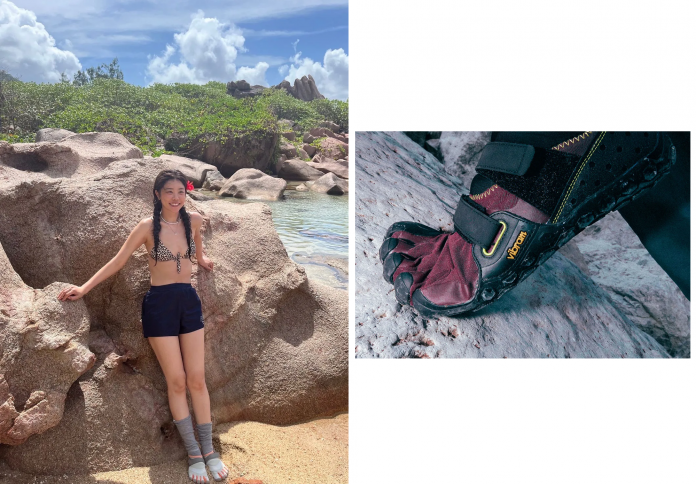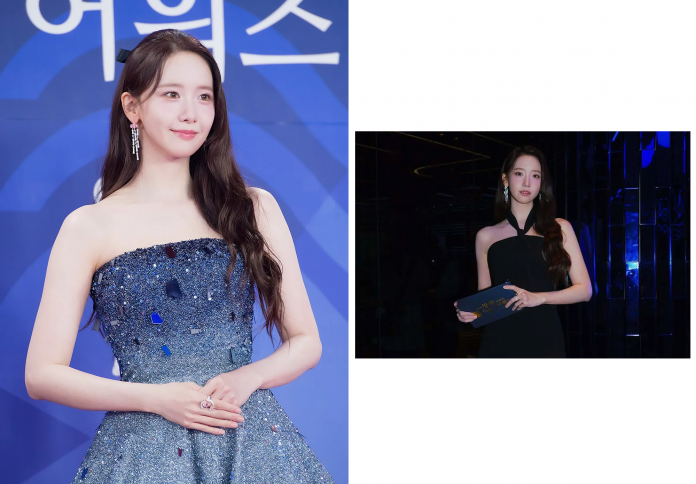Can fashion feel like a dream? In Oasis Effect, Harper’s Bazaar photographer Dario Catellani and stylist Stella Greenspan bring high style to the otherworldly sandscapes and rainwater lagoons of Brazil’s Lençóis Maranhenses National Park. Amid powdery hues, soft textures, and gleaming sequins, each image feels like a mirage—tangible, strangely tactile, and deeply poetic.
Blurring the line between desert and dream
Lençóis Maranhenses is a place of contrasts: endless dunes interrupted by crystalline lagoons after the rains. Against that backdrop, clothing becomes more than mere garments—it becomes part of the landscape. Soft silks, flowing chiffon, and sequined sheaths absorb the sun and echo the pale tones of sand and water. In Rosallieke Fuchs, the model, they shape-shift—one moment a stranded soul, the next a siren emerging from placid pools.
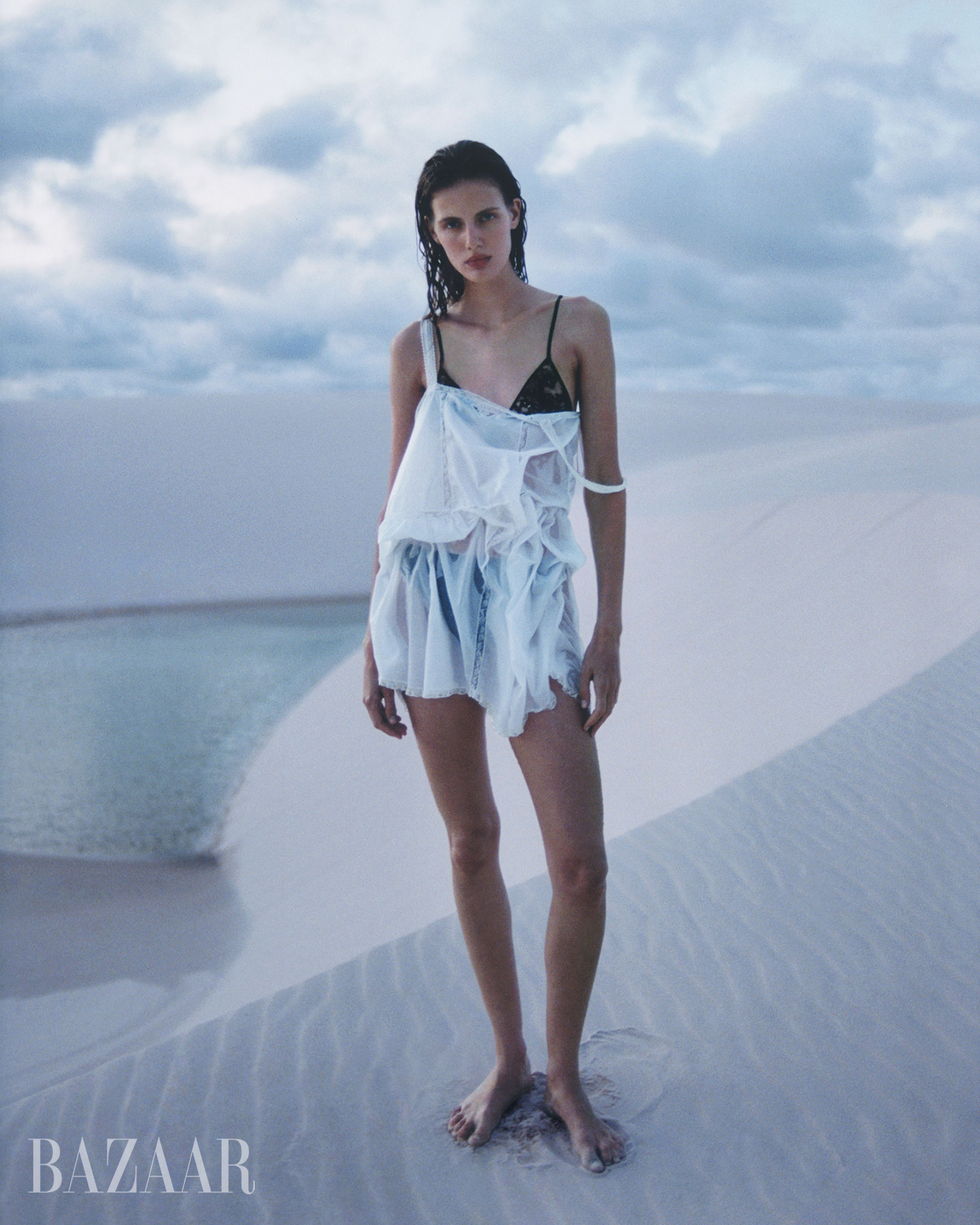
There’s a haunting harmony in this blend. Beachwear looks like couture; couture feels like wardrobe cast from nature. The wind scatters fabric across the frame, blending garment and earth. Light plays over sequins like water, lending the shoot a luminous, ethereal atmosphere—fragile yet unforgettable.
Styling that honors nature’s palette
Stella Greenspan curates a subtle yet striking mix of designers built for the moment. A Louis Vuitton dress spills across alabaster sand; Dior bodysuits peer through glossy lagoons; Chanel jackets and swim trunks echo the motion of water; and Balenciaga top-and-pant combos reflect the fluid lines of natural pools.
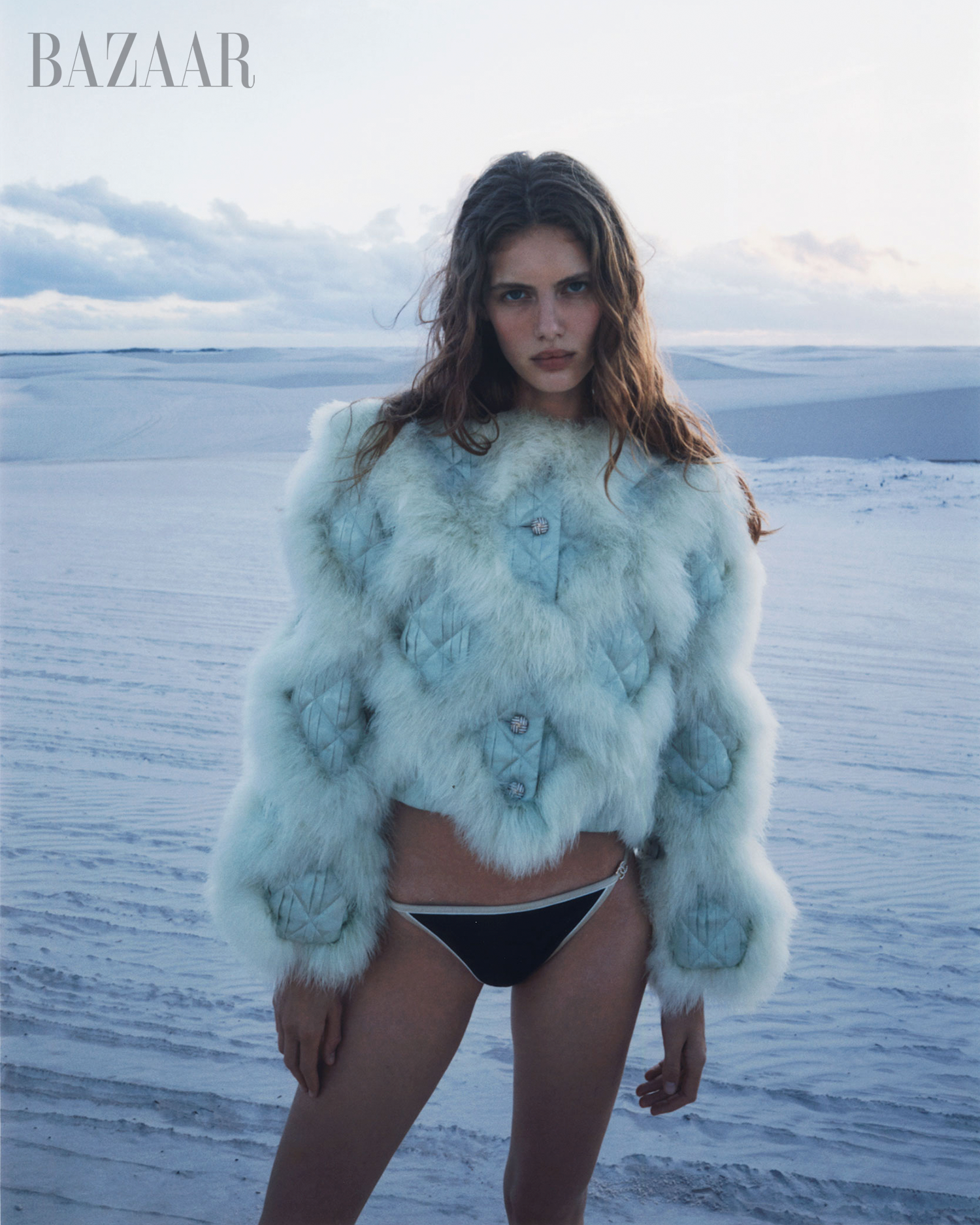
The color story stays whisper-quiet—powder blues, muted browns, softened silvers—that allows the terrain itself to sing. Sequins catch the low sun like heat mirages, while sheer organza and silks float on water’s surface. It’s styling that understands that sometimes less is more—and that fashion, like nature, thrives in quietude.
Light, texture and photographic alchemy
Dario Catellani’s lens turns sand into canvas and models into moving sculptures. The photographs linger in that silence just after sunset, when light is diffuse and time seems to pause. Wind, water, and fabric converge—each frame suggests movement and stillness at once.
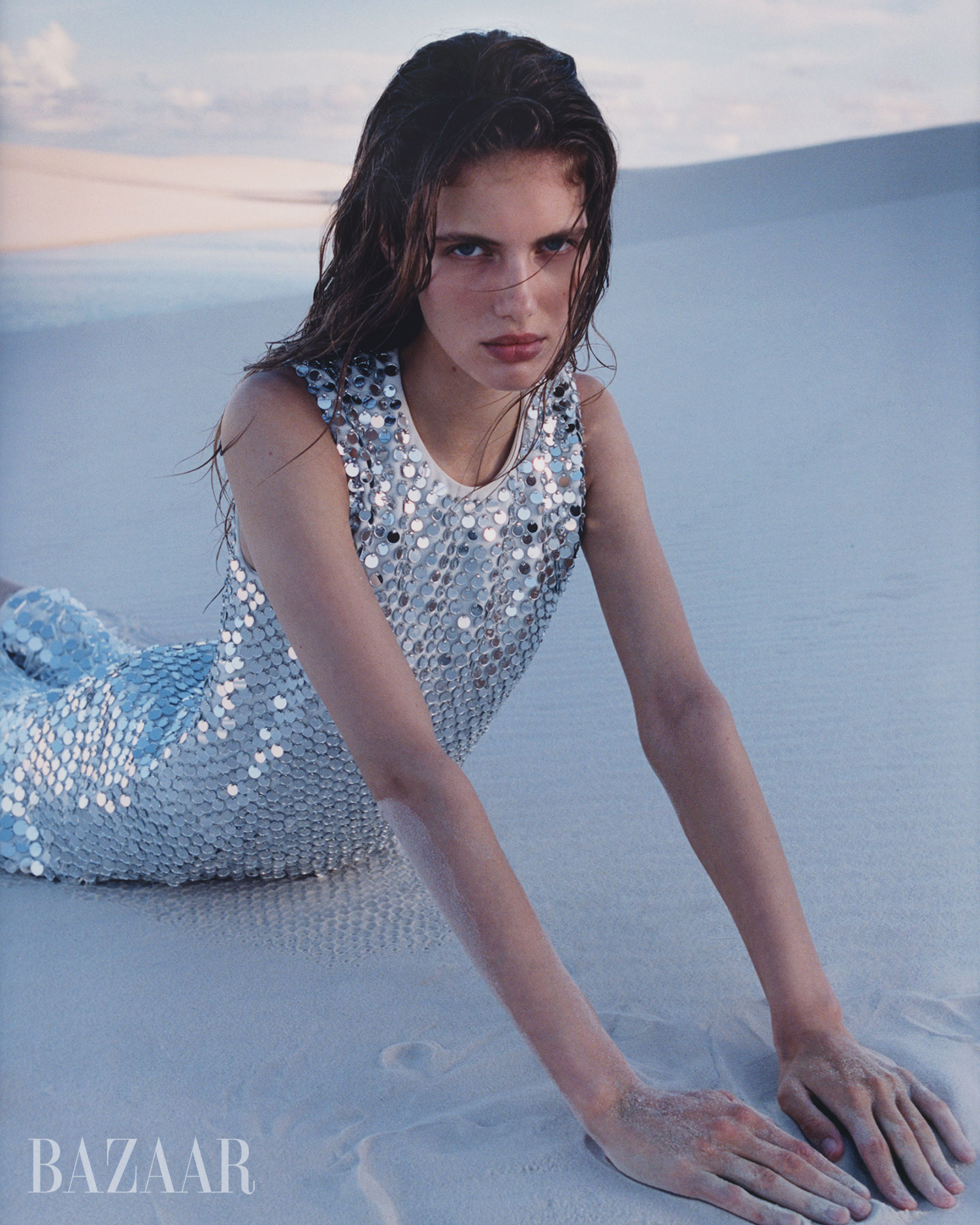
Textures leap from the page: powder-sanded linen, wet chiffon clinging to skin, sequined panels glinting like small mirrors. Reflections shimmer across lagoons; half-submerged ensembles reference both seduction and solitude. It’s a visual paradox—something airy yet weighty, fragile yet enduring.
An editorial that feels like escape
Oasis Effect carries us from the familiarity of city fashion into something rarified. It’s not just a photoshoot—it’s a portal. The models don’t pose; they drift, they wander, they capture longing. Even in stillness, there’s a sense of journey—outwards, inwards, sideways through possibility.
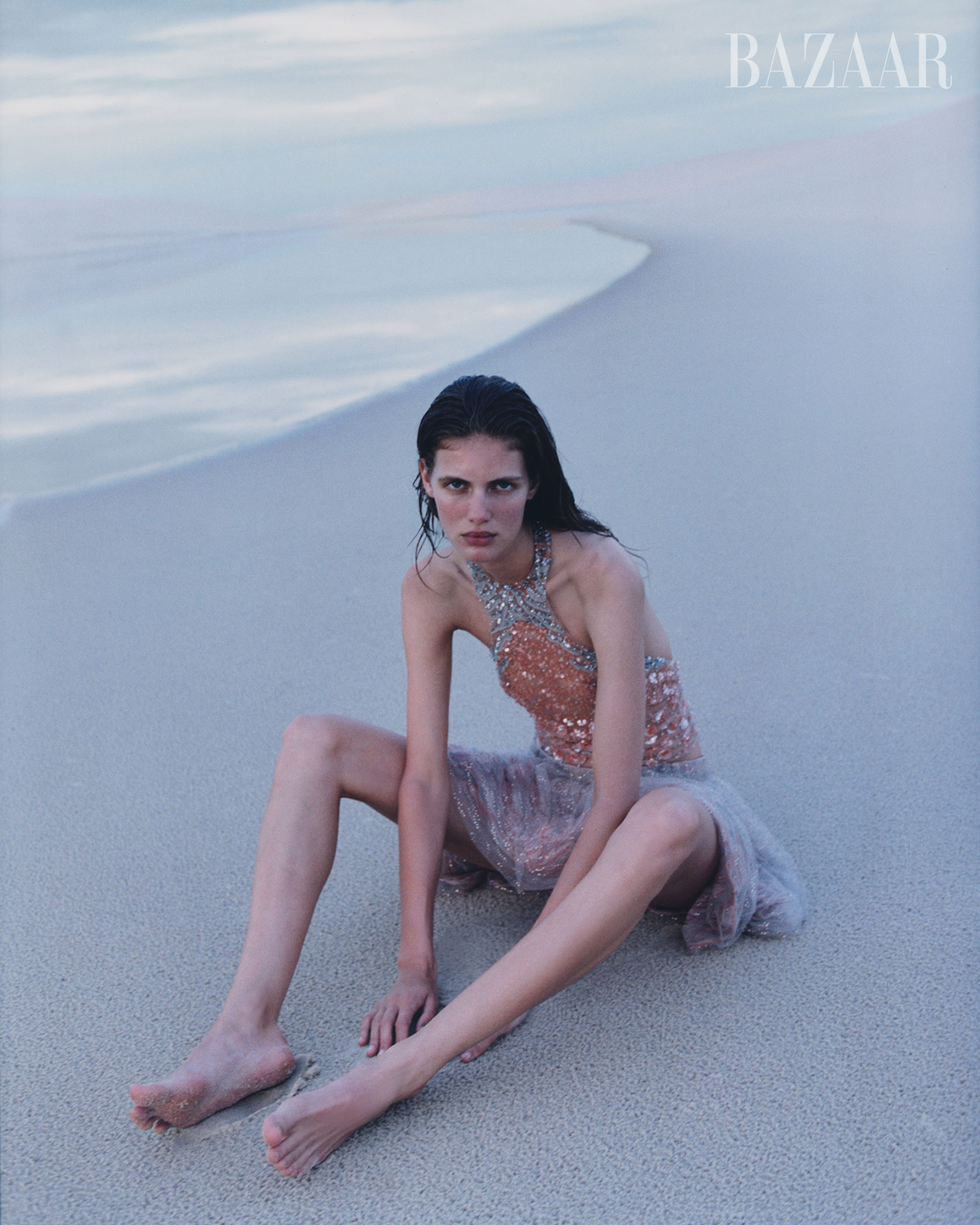
This isn’t about retail. It’s about reverie. In a season of saturated trends and fast clicks, this editorial invites us to pause. To imagine texture. To feel the horizon unfurl under soft light. It’s not only styling that transports—it’s mood, moment, memory.
When fashion becomes mirage
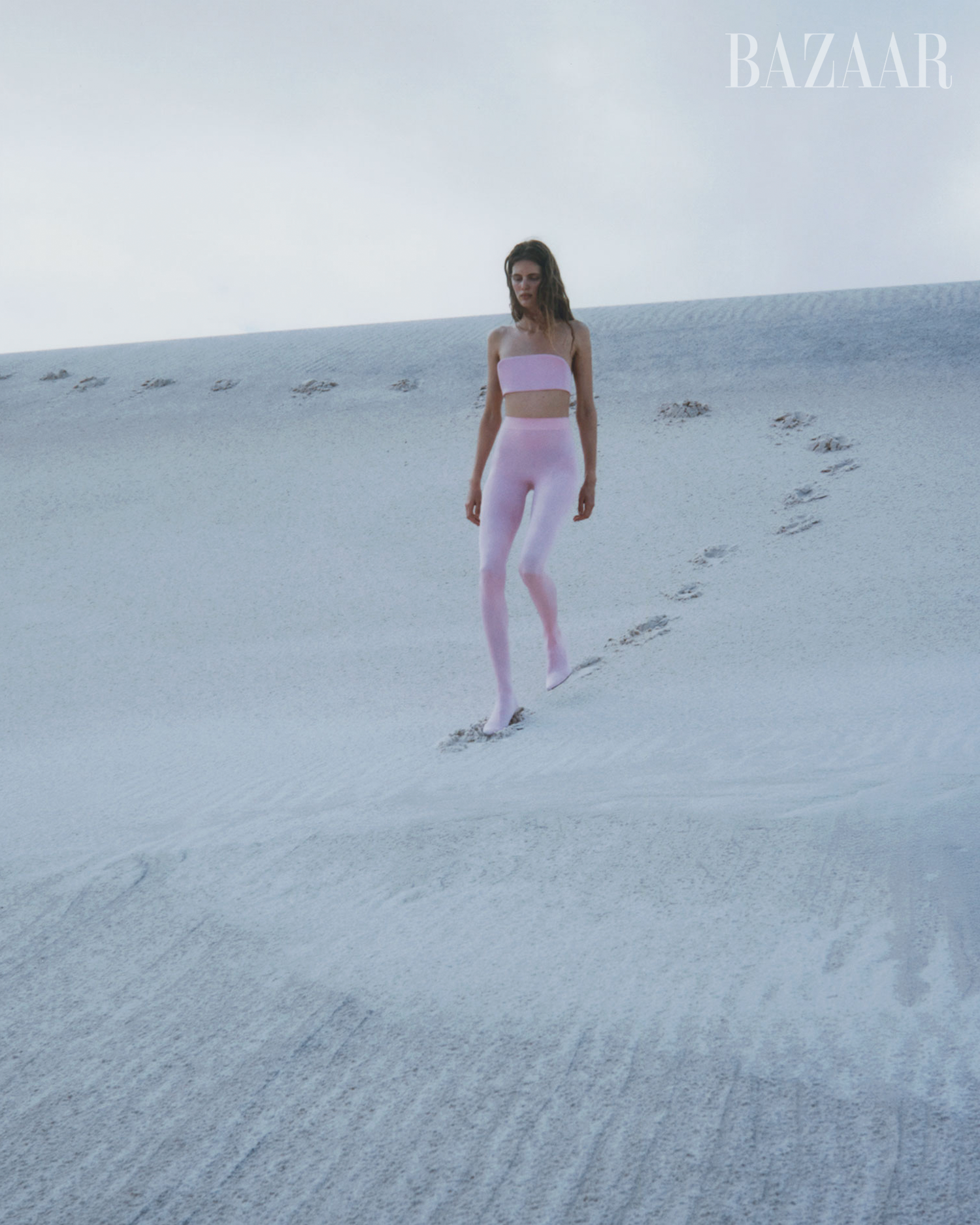
Oasis Effect reminds us that photography can renew our sense of wonder. Amid dunes and lagoons, fashion nearly disappears—and then reveals itself again, in shimmering reflections and drifting silk. It’s editorial as escape, as poetry, as dream we can almost touch.
If fashion is often noise, this is music. And in these images, we learn that desert silence can sound like beauty—and that style can be found in breath held between seasons.
